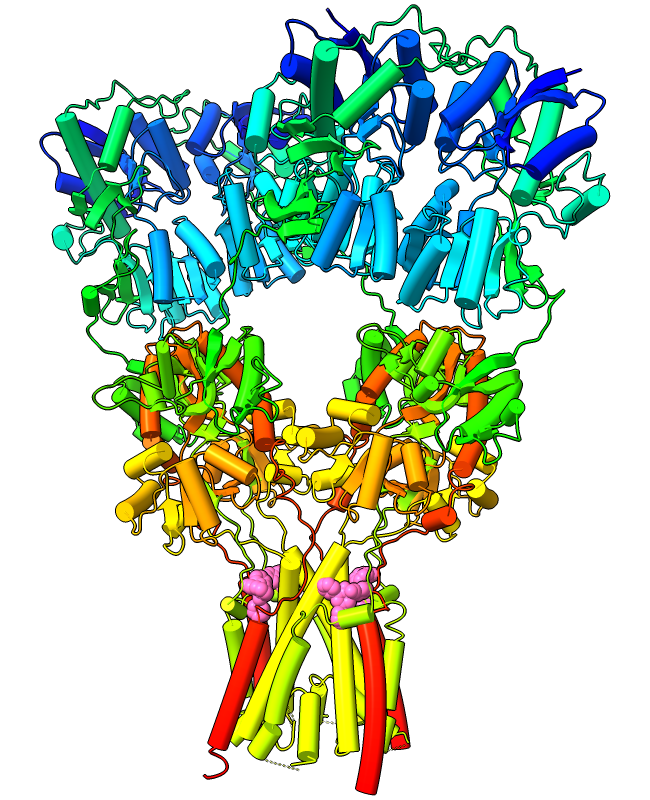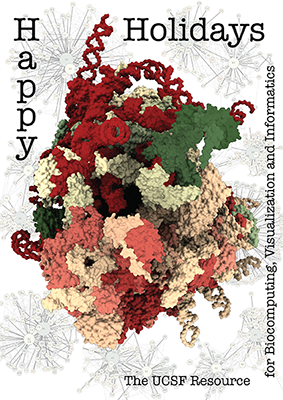

 about
projects
people
publications
resources
resources
visit us
visit us
search
search
about
projects
people
publications
resources
resources
visit us
visit us
search
search
Quick Links
Featured Citations
In situ structural mechanism of epothilone-B-induced CNS axon regeneration. Bodakuntla S, Taira K et al. Nature. 2025 Dec 11;648(8093):477–487.
Synthetic α-synuclein fibrils replicate in mice causing MSA-like pathology. Burger D, Kashyrina M et al. Nature. 2025 Dec 11;648(8093):409-417.
Multiscale structure of chromatin condensates explains phase separation and material properties. Zhou H, Huertas J et al. Science. 2025 Dec 4;390(6777):eadv6588.
Mechanism of conductance control and neurosteroid binding in NMDA receptors. Kang H, Steigerwald R et al. Nature. 2025 Dec 4;648(8092):220–228.
Membrane-forming phospholipids allosterically modulate native-state prolyl isomerization in a CNG channel. Newton AJ, Latvala RD et al. Protein Sci. 2025 Dec;34(12):e70383.
More citations...News
November 21, 2025
The ChimeraX 1.11 release candidate is available – please try it and report any issues. See the change log for what's new. This will be the last release to support Red Hat Enterprise Linux 8 and its derivatives.
July 24, 2025
ChimeraX 1.10.1 is now available, fixing the problem in 1.10 of repeat registration requests to some users.
June 26, 2025
The ChimeraX 1.10 production release is available! See the change log for what's new.
Previous news...Upcoming Events
UCSF ChimeraX (or simply ChimeraX) is the next-generation molecular visualization program from the Resource for Biocomputing, Visualization, and Informatics (RBVI), following UCSF Chimera. ChimeraX can be downloaded free of charge for academic, government, nonprofit, and personal use. Commercial users, please see ChimeraX commercial licensing.
ChimeraX is developed with support from National Institutes of Health R01-GM129325.
Feature Highlight
Protein α-helices can be shown as curved-cylinder “tubes“
with the
cartoon style
command. Helix tube mode is an alternative to the standard spiraling ribbons,
and both modes are fully integrated with coil and β-strand cartoons.
The structure at left is an AMPA-subtype glutamate receptor
bound to the antiepileptic drug perampanel
(PDB 5l1f).
The receptor is tetrameric, and each chain is rainbow
color-coded from blue at the N-terminus to red at the C-terminus.
Four molecules of perampanel (pink)
are bound near the bottom, between the transmembrane domain and the
rest of the receptor. For image setup other than orientation,
see the command file ampar.cxc.
See also: Presets menu
Example Image
The architecture of the human ribosome has been determined at
near-atomic resolution by electron microscopy (Anger et al.,
Nature 497:80 (2013)).
The structure, comprising 82 proteins and five RNA molecules, is
shown with shadows cast from all directions to accentuate depth.
In the background are schematic representations of contacts
between the component molecules.
See the image setup script
card.cxc
using the
'Tis the Season color palette (credit to MrsP).
See also the RBVI
holiday card gallery.

Curved Helix Cylinders

The Human Ribosome
About RBVI | Projects | People | Publications | Resources | Visit Us
Copyright 2018 Regents of the University of California. All rights reserved.